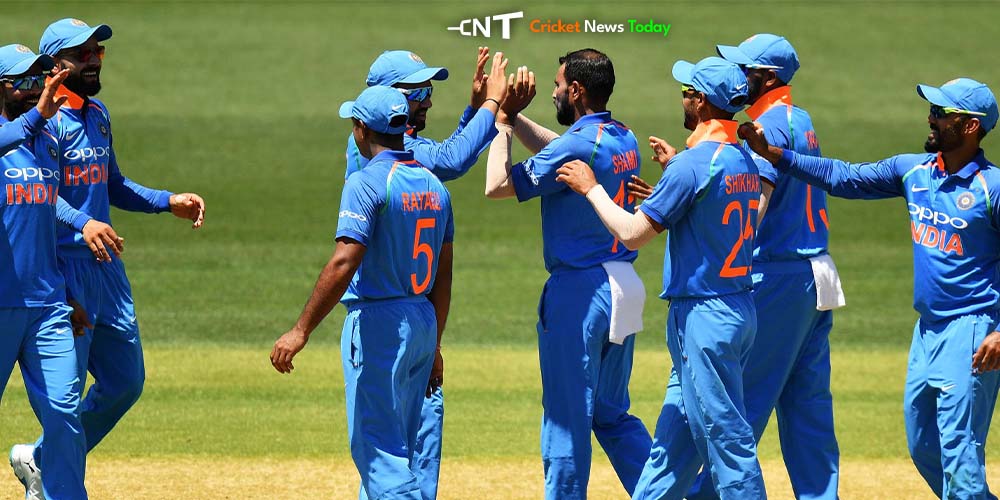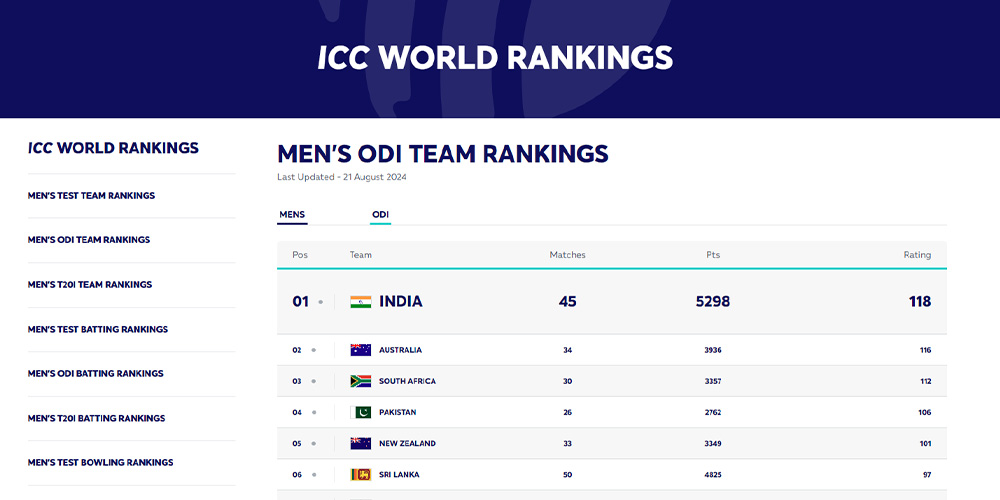Do you know how to Calculate Run Rate in Cricket for the Points Table?
When it comes to cricket, the run rate is more than just a number. It’s a crucial metric that can determine a team’s standing in a tournament.
Understanding this basic calculation can help you develop deeper insights into a team’s performance.
The run rate contributes hugely to a team’s performance and can easily impact their chances of advancing in a competition.
Here’s a straightforward guide to help you understand how to calculate the run rate in cricket for the points table, especially when it matters most.
What is the Run Rate?

Before diving into the calculation, it’s essential to understand what the run rate represents. In cricket, the run rate (often abbreviated as RR) is the average number of runs scored per over by a team during a match.
A higher run rate indicates a more aggressive and successful batting performance, while a lower run rate suggests a more conservative or struggling effort.
How to Calculate Run Rate in Cricket for the Points Table?
Here’s a basic tutorial on How to Calculate Run Rate in Cricket for the Points Table.
Run Rate (RR) = Total Runs Scored / Total Overs Faced
For example, if a team scores 200 runs in 40 overs, their run rate would be:
RR = 200 / 40 = 5.00
This means the team has scored, on average, 5 runs per over.
Run Rate in the Points Table
In a tournament, especially in leagues like the Indian Premier League (IPL) or World Cup, the run rate is a tiebreaker used when teams have the same number of points.
The specific metric used here is called the Net Run Rate (NRR). NRR takes into account not only how many runs a team has scored but also how many runs they have conceded.
How to Calculate Net Run Rate (NRR)
Here’s a basic tutorial on how to calculate the Net Run Rate.
Net Run Rate (NRR) = (Total Runs Scored / Total Overs Faced) – (Total Runs Conceded / Total Overs Bowled)
Let’s break this down with an example:
- Total Runs Scored: 250
- Total Overs Faced: 50
- Total Runs Conceded: 230
- Total Overs Bowled: 50
NRR = (250 / 50) – (230 / 50) = 5.00 – 4.60 = +0.40
In this scenario, the team has a positive NRR of +0.40, which means they’ve scored more efficiently than they’ve conceded.
Importance of NRR in the Points Table

Now that you understand how to Calculate Run Rate in Cricket for the Points Table, let us move on to its significance.
In tightly contested tournaments, teams might end with the same number of points at the end of the group stage. This is where NRR comes into play.
A higher NRR can push a team up the standings, potentially securing them a spot in the playoffs or the next round. In the end, it all depends on how many points are needed for a team to qualify in a particular tournament.
On the flip side, a poor NRR can drop a team’s ranking even if they’ve won the same number of matches as their rivals.
For instance, if Team A and Team B both finish with 12 points but Team A has an NRR of +0.50 and Team B has an NRR of -0.20, Team A will be ranked higher on the points table.
Key Points to Remember
Run Rate vs. Net Run Rate: While run rate measures runs scored per over, net run rate provides a more comprehensive picture by factoring in runs conceded.
Impact on Tournament Standings: NRR can be the deciding factor in determining which teams progress, making it essential for teams to focus on winning and on winning convincingly.
Early Stage Awareness: Teams should be mindful of their NRR from the start of the tournament, as recovering from a low NRR can be challenging later on.
Fan Appreciation
For fans, understanding NRR adds depth to their appreciation of the game.
It highlights the strategic layers of cricket and the meticulous planning involved.
Fans can better gauge a team’s performance and the implications of each match on the overall tournament standings.
By grasping the intricacies of NRR, both teams and fans gain insight into the strategic aspects of cricket. This reveals how teams balance immediate wins with long-term positioning.
This deeper understanding enriches the viewing experience and underscores the strategic depth of the game.
Conclusion
Run rate, particularly net run rate, is a vital component in cricket tournaments. In many leagues and matches, It ends up influencing a team’s position on the points table.
By understanding and calculating NRR, teams, and fans alike can better appreciate the intricacies of the game. It gives a better understanding of the strategies teams employ to ensure they not only win matches but do so with an eye on their long-term standing.
Teams are increasingly aware of the importance of NRR and strategically plan their approach to matches.
This involves not just focusing on securing wins but doing so with a significant margin to boost their NRR. This strategic foresight is essential for teams aiming to secure their place in the next stages of the tournament.
Well, now you know the basics of how to calculate run rate in cricket for the points table! We’re sure it will enhance your future match viewing and playing experiences.











